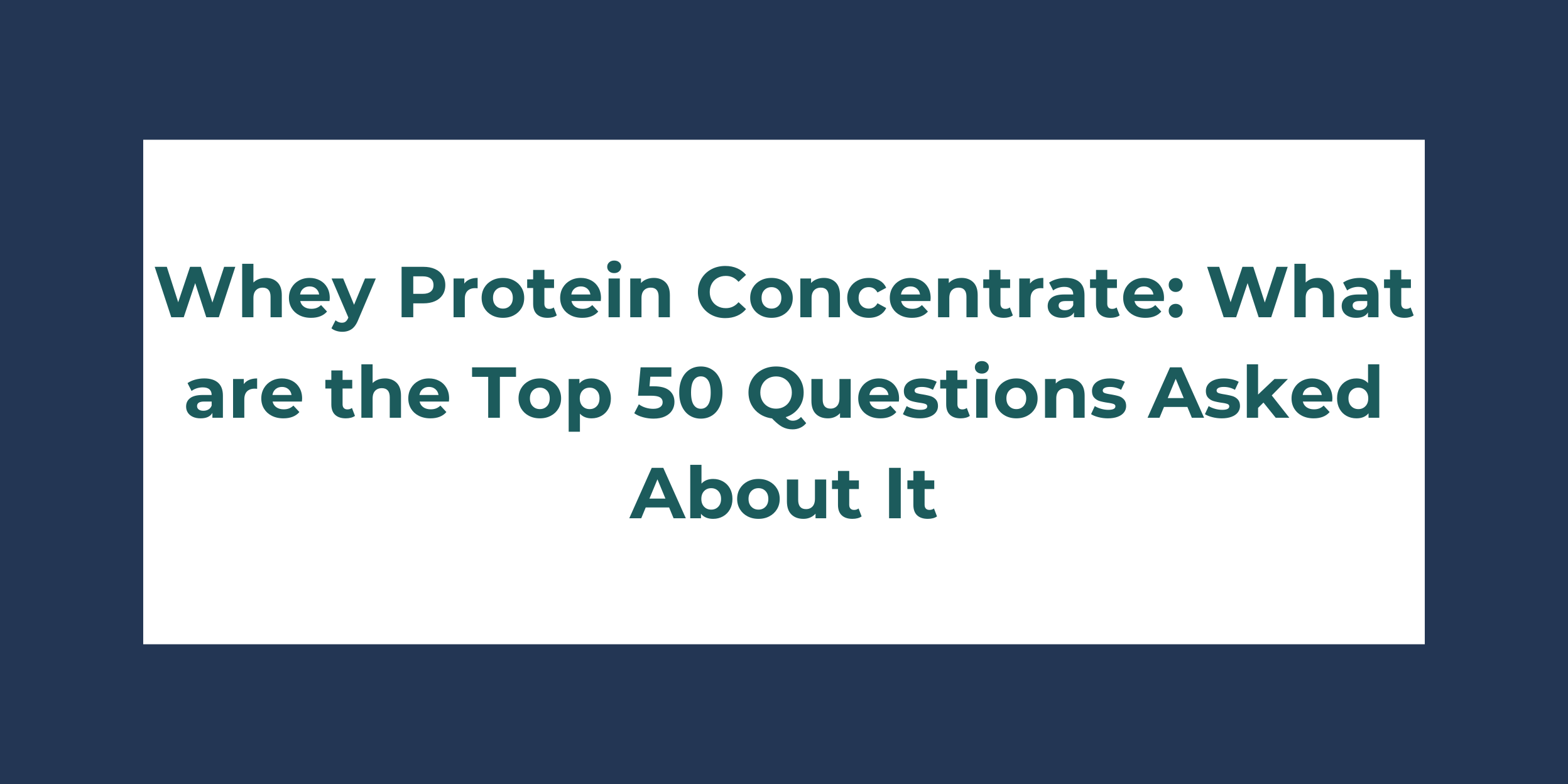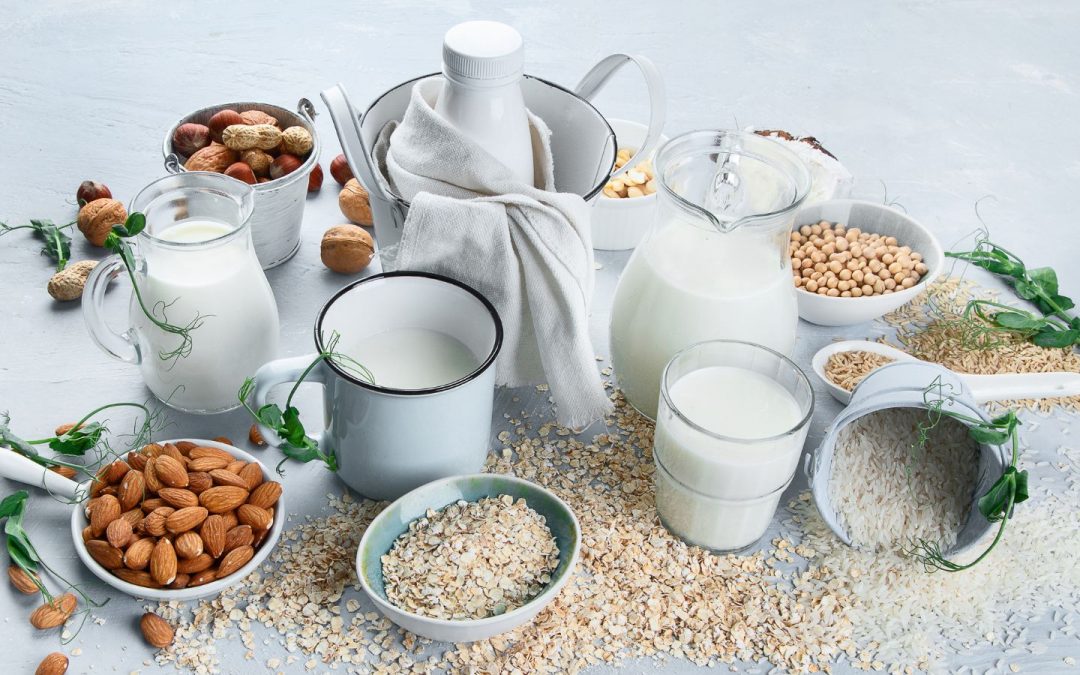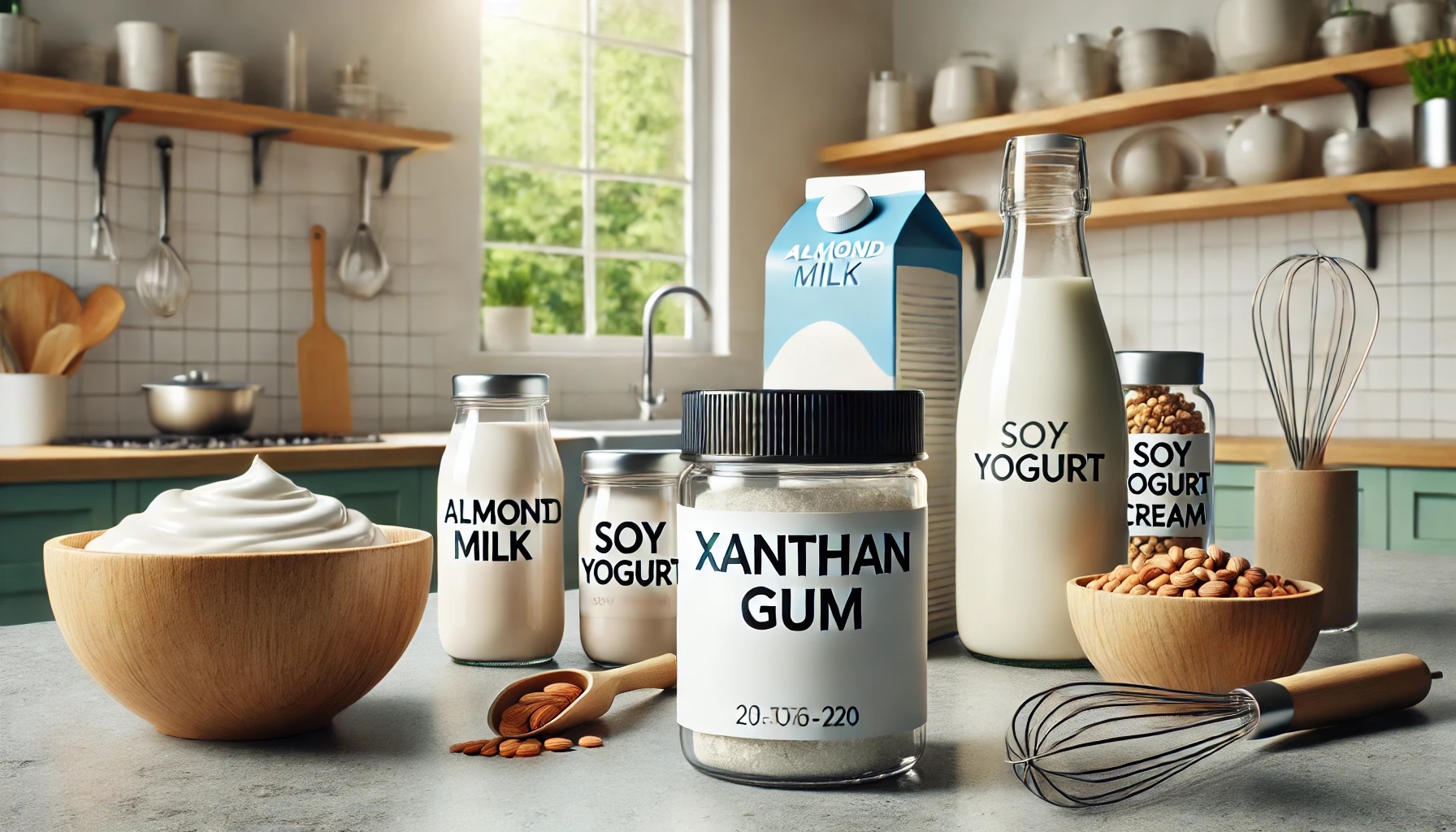1. What is whey protein concentrate (WPC)?
WPC is a type of protein powder derived from whey, the liquid by-product of cheese production.
\It contains 70-80% protein, with the remaining percentage consisting of carbohydrates (mainly lactose), fats, and moisture.
WPC is valued for its balanced nutritional profile, providing essential amino acids and bioactive compounds beneficial for health and muscle recovery.
2. How is whey protein concentrate produced?
WPC is produced by filtering liquid whey to remove most of the water, lactose, and minerals, concentrating the protein.
This is typically done using ultrafiltration and microfiltration processes.
The concentrated whey is then spray-dried to form a powder, which retains most of the bioactive compounds present in whey.
3. What are the nutritional benefits of whey protein concentrate?
WPC offers a rich source of high-quality protein, containing all essential amino acids.
It is especially high in branched-chain amino acids (BCAAs), which are crucial for muscle protein synthesis and recovery.
Additionally, WPC contains bioactive peptides that may support immune function and promote overall health.
4. How does whey protein concentrate compare to whey protein isolate (WPI)?
WPC typically contains 70-80% protein, while whey protein isolate has 90% or more protein content.
WPC also has higher levels of lactose and fat compared to WPI.
However, WPC retains more bioactive compounds and tends to be less expensive, making it a popular choice for those seeking a balance of nutrition and cost.
5. What are the functional properties of whey protein concentrate?
WPC has excellent solubility, gelation, emulsification, and foaming properties.
These functional attributes make it versatile for use in various food and beverage applications, such as enhancing the texture, stability, and nutritional profile of products like dairy foods, baked goods, beverages, and nutritional supplements.
6. What are the common applications of whey protein concentrate in the food industry?
WPC is widely used in sports nutrition products, protein bars, meal replacements, dairy products, baked goods, and beverages.
Its functional properties and nutritional benefits make it ideal for fortifying foods with additional protein and improving product texture and stability.
7. Can whey protein concentrate be used in baked goods?
Yes, WPC can be used in baked goods to increase their protein content, improve texture, and extend shelf life.
It helps retain moisture, provides structure, and contributes to a softer crumb in products such as bread, muffins, and cookies.
Adjustments to recipes may be needed to optimize the final product.
8. How does whey protein concentrate impact the texture of dairy products?
WPC enhances the texture and mouthfeel of dairy products by improving creaminess, viscosity, and stability.
It is used in products such as yogurt, ice cream, and cheese to increase protein content and improve overall quality.
WPC also helps prevent whey separation (syneresis) in dairy formulations.
9. What are the sensory characteristics of whey protein concentrate?
WPC generally has a slightly milky flavor and smooth texture, making it suitable for various applications without significantly altering the taste of the final product.
The flavor profile can vary slightly depending on the processing methods and source of the whey.
10. Is whey protein concentrate suitable for individuals with lactose intolerance?
WPC contains higher levels of lactose compared to whey protein isolate, which may not be suitable for individuals with lactose intolerance.
Those with mild lactose intolerance may still tolerate WPC in small amounts, but those with severe intolerance should opt for lactose-free alternatives like whey protein isolate.
11. How does whey protein concentrate support muscle growth and recovery?
WPC is rich in essential amino acids and BCAAs, particularly leucine, which is critical for muscle protein synthesis.
Consuming WPC after exercise helps stimulate muscle repair, growth, and recovery by providing the necessary building blocks for muscle tissue.
Its bioactive compounds also support overall muscle health.
12. What are the benefits of using whey protein concentrate in sports nutrition?
WPC is valued in sports nutrition for its balanced protein content, bioactive compounds, and cost-effectiveness.
It supports muscle growth, repair, and recovery, making it ideal for athletes and active individuals.
Its good solubility ensures it blends well in protein shakes and other sports nutrition products.
13. How does whey protein concentrate impact the viscosity of liquid products?
WPC can increase the viscosity of liquid products, providing a thicker, more desirable texture.
This property is beneficial in applications such as protein shakes, meal replacement drinks, and yogurt, where increased viscosity contributes to a creamier and more satisfying mouthfeel.
14. Can whey protein concentrate be used in infant formula?
WPC can be used in infant formulas to provide high-quality protein that is easily digestible and bioavailable.
It helps meet the nutritional needs of infants by supplying essential amino acids for growth and development.
However, it is often combined with other protein sources to create a balanced nutritional profile.
15. What are the potential allergen concerns with whey protein concentrate?
WPC is derived from milk, a common allergen. Individuals with a milk allergy should avoid WPC.
However, it is important to note that lactose intolerance is different from a milk allergy, and some individuals with mild lactose intolerance may still tolerate WPC in small amounts.
16. How does whey protein concentrate support weight management?
WPC can support weight management by promoting satiety, preserving lean muscle mass, and enhancing metabolism.
Protein is more satiating than carbohydrates and fats, helping to reduce overall calorie intake.
Additionally, maintaining muscle mass during weight loss helps prevent metabolic slowdown, supporting long-term weight management.
17. What are the benefits of using whey protein concentrate in protein bars?
WPC is commonly used in protein bars to provide a high-quality protein source that supports muscle health and satiety.
It contributes to the texture, moisture retention, and overall stability of protein bars.
WPC also enhances the nutritional profile, making protein bars a convenient and nutritious snack option.
18. Can whey protein concentrate be used in energy drinks?
Yes, WPC can be used in energy drinks to provide a protein boost and support muscle recovery.
It enhances the nutritional value of energy drinks and contributes to their overall functionality.
WPC’s good solubility ensures it blends well with other ingredients, maintaining a smooth and consistent texture.
19. How does whey protein concentrate impact the shelf life of products?
WPC can enhance the shelf life of products by improving stability, texture, and moisture retention.
Its ability to bind water and create stable emulsions helps maintain product quality over time.
Additionally, the high protein content can contribute to the nutritional stability of fortified products.
20. What are the regulatory considerations for using whey protein concentrate?
WPC is generally recognized as safe (GRAS) and approved for use in food products by regulatory authorities such as the FDA.
However, it is important to comply with local regulations regarding labeling, allergen declarations, and nutritional claims when using WPC in food formulations.
21. How does whey protein concentrate impact the foaming properties of products?
WPC can enhance the foaming properties of products by stabilizing air bubbles, making it useful in applications such as whipped toppings, mousse, and foamed beverages.
It helps create stable and consistent foam, contributing to the overall quality and sensory experience of these products.
22. Can whey protein concentrate be used in meat products?
Yes, WPC can be used in meat products to enhance protein content, improve texture, and increase water-holding capacity.
It is used in processed meats, sausages, and meat analogs to improve juiciness, binding, and overall product quality.
23. What are the environmental impacts of producing whey protein concentrate?
The production of WPC involves the use of dairy by-products, which helps reduce waste in the dairy industry.
However, the environmental impact depends on factors such as the sustainability practices of dairy farms, energy consumption during processing, and transportation.
Efforts to improve sustainability in dairy production and processing can help minimize the environmental footprint of WPC.
24. How does whey protein concentrate compare to plant-based proteins?
WPC is considered a complete protein with a high biological value, providing all essential amino acids in optimal proportions.
Plant-based proteins may have varying amino acid profiles and often require blending to achieve a complete protein.
WPC also has superior solubility and digestibility compared to many plant-based proteins, making it a preferred choice for certain applications.
25. Can whey protein concentrate be used in low-carb and ketogenic diets?
Yes, WPC is suitable for low-carb and ketogenic diets due to its high protein content and relatively low carbohydrate content.
It can help meet protein needs without significantly impacting carbohydrate intake, making it a valuable ingredient for individuals following these diets.
26. How does whey protein concentrate impact the crystallization of products?
WPC can influence the crystallization of products by interacting with other ingredients and affecting the overall texture.
In frozen desserts, for example, WPC helps control ice crystal formation, resulting in a smoother and creamier texture.
It can also impact the crystallization behavior of sugars in confectionery products.
27. What are the benefits of using whey protein concentrate in ready-to-drink (RTD) beverages?
WPC is ideal for RTD beverages due to its good solubility, balanced protein content, and cost-effectiveness.
It ensures a smooth, consistent texture and provides a convenient protein source for consumers on the go.
WPC also contributes to the stability and shelf life of RTD products.
28. Can whey protein concentrate be used in gluten-free products?
Yes, WPC is naturally gluten-free and can be used in gluten-free products to enhance their protein content and improve texture.
It is suitable for individuals with celiac disease or gluten sensitivity and can be used in a variety of gluten-free formulations, including baked goods, snacks, and meal replacements.
29. How does whey protein concentrate impact the browning of baked goods?
WPC can influence the Maillard reaction, which contributes to the browning of baked goods.
It provides amino acids that react with reducing sugars during baking, resulting in a desirable golden-brown color.
However, it is important to balance the amount of WPC to avoid excessive browning or changes in texture.
30. What are the benefits of using whey protein concentrate in smoothies?
WPC enhances the protein content, texture, and overall nutritional profile of smoothies.
It blends easily with other ingredients, providing a smooth, creamy consistency.
The high protein content supports muscle health, satiety, and energy levels, making smoothies a convenient and nutritious option for consumers.
31. Can whey protein concentrate be used in meal replacement products?
Yes, WPC is commonly used in meal replacement products to provide a high-quality protein source that supports satiety and overall nutrition.
It is combined with other macronutrients, vitamins, and minerals to create balanced meal replacements that can be consumed as a convenient alternative to traditional meals.
32. How does whey protein concentrate impact the emulsification of products?
WPC can improve the emulsification of products by stabilizing oil-in-water emulsions.
This property is useful in applications such as salad dressings, sauces, and beverages, where maintaining a stable emulsion is critical for product quality and consistency.
33. What are the potential off-flavors associated with whey protein concentrate?
WPC generally has a neutral to slightly milky flavor, but it can develop off-flavors if exposed to excessive heat, oxidation, or improper storage conditions.
Common off-flavors include a slightly bitter or metallic taste.
Proper handling, storage, and formulation techniques can help minimize these off-flavors.
34. Can whey protein concentrate be used in non-dairy products?
Yes, WPC can be used in non-dairy products such as plant-based beverages and snacks to enhance their protein content.
It provides a high-quality protein source that complements the nutritional profile of non-dairy formulations.
However, it is important to consider labeling and consumer preferences regarding the use of animal-derived ingredients in non-dairy products.
35. How does whey protein concentrate impact the gelling properties of products?
WPC can enhance the gelling properties of products, contributing to improved texture and stability.
It is used in applications such as yogurt, desserts, and meat products to create a firm and cohesive gel.
The gelling ability of WPC depends on factors such as concentration, pH, and heat treatment.
36. What are the benefits of using whey protein concentrate in soups and sauces?
WPC enhances the texture, viscosity, and stability of soups and sauces.
It provides a smooth and consistent mouthfeel, improves suspension of ingredients, and helps prevent separation.
WPC’s functional properties ensure that soups and sauces maintain their desired quality throughout shelf life.
37. Can whey protein concentrate be used in dietary supplements?
Yes, WPC is commonly used in dietary supplements to provide a high-quality protein source that supports muscle health, weight management, and overall nutrition.
It is included in products such as protein powders, capsules, and meal replacements.
WPC’s good solubility and bioavailability make it ideal for various supplement formulations.
38. How does whey protein concentrate impact the color of products?
WPC has a neutral color that generally does not affect the appearance of products.
However, it can influence the Maillard reaction in baked goods, contributing to the desired browning.
In other applications, WPC’s impact on color is minimal, allowing it to be used in a wide range of formulations without altering the visual appeal.
39. What are the storage requirements for whey protein concentrate?
WPC should be stored in a cool, dry place away from direct sunlight and moisture.
Proper storage conditions help maintain its quality, solubility, and nutritional value.
Sealed, airtight containers are recommended to prevent exposure to air and potential contamination.
40. How does whey protein concentrate impact the spreadability of products?
WPC can improve the spreadability of products such as spreads, creams, and sauces by enhancing their texture and consistency.
It helps create a smooth, uniform product that spreads easily.
WPC’s functional properties ensure it blends well with other ingredients, maintaining a stable and desirable texture.
41. Can whey protein concentrate be used in low-fat products?
Yes, WPC is suitable for low-fat products as it provides a high-quality protein source without significantly increasing fat content.
It is used in low-fat dairy products, snacks, and meal replacements to enhance their protein content and improve texture and mouthfeel.
42. How does whey protein concentrate impact the crystallization of sugars in products?
WPC can influence the crystallization of sugars in products by interacting with sugar molecules and affecting the overall texture.
In frozen desserts, for example, WPC helps control ice crystal formation, resulting in a smoother and creamier texture.
It can also impact the crystallization behavior of sugars in confectionery products, contributing to the desired texture and quality.
43. What are the potential interactions between whey protein concentrate and other ingredients?
WPC can interact with various ingredients, affecting the overall formulation and product quality.
It can form complexes with polysaccharides, impact the solubility and stability of emulsions, and influence the texture of gelled products.
Understanding these interactions is crucial for optimizing formulations and achieving the desired functional and sensory properties.
44. Can whey protein concentrate be used in high-protein snacks?
Yes, WPC is commonly used in high-protein snacks to enhance their protein content and support muscle health and satiety.
It is included in products such as protein bars, chips, and cookies to provide a convenient and nutritious snack option.
WPC’s good solubility and neutral flavor make it ideal for various snack formulations.
45. How does whey protein concentrate impact the texture of frozen desserts?
WPC improves the texture of frozen desserts by enhancing creaminess, viscosity, and stability.
It helps control ice crystal formation, resulting in a smoother and more enjoyable mouthfeel.
WPC also contributes to the overall quality and shelf life of frozen desserts, making it a valuable ingredient in these applications.
46. What are the benefits of using whey protein concentrate in functional foods?
WPC is commonly used in functional foods to enhance their nutritional profile and provide specific health benefits.
It is included in products such as protein bars, meal replacements, and fortified snacks to support muscle health, weight management, and overall well-being.
47. How does whey protein concentrate impact the stability of emulsions?
WPC can improve the stability of emulsions by acting as an emulsifier and stabilizing oil-in-water mixtures.
This property is useful in applications such as salad dressings, sauces, and beverages, where maintaining a stable emulsion is critical for product quality and consistency.
48. What are the potential health benefits of bioactive compounds in whey protein concentrate?
WPC contains bioactive compounds such as lactoferrin, immunoglobulins, and growth factors that may support immune function, gut health, and overall well-being.
These compounds contribute to the health benefits of WPC, making it a valuable ingredient in functional foods and nutritional supplements.
49. Can whey protein concentrate be used in non-dairy products?
Yes, WPC can be used in non-dairy products such as plant-based beverages and snacks to enhance their protein content.
It provides a high-quality protein source that complements the nutritional profile of non-dairy formulations.
However, it is important to consider labeling and consumer preferences regarding the use of animal-derived ingredients in non-dairy products.
50. How does whey protein concentrate impact the flavor of products?
WPC has a neutral to slightly milky flavor that generally does not significantly impact the taste of products.
Its mild flavor makes it suitable for various applications, allowing the primary flavors of the product to shine.
Proper formulation techniques can further minimize any potential off-flavors, ensuring a pleasant sensory experience.








